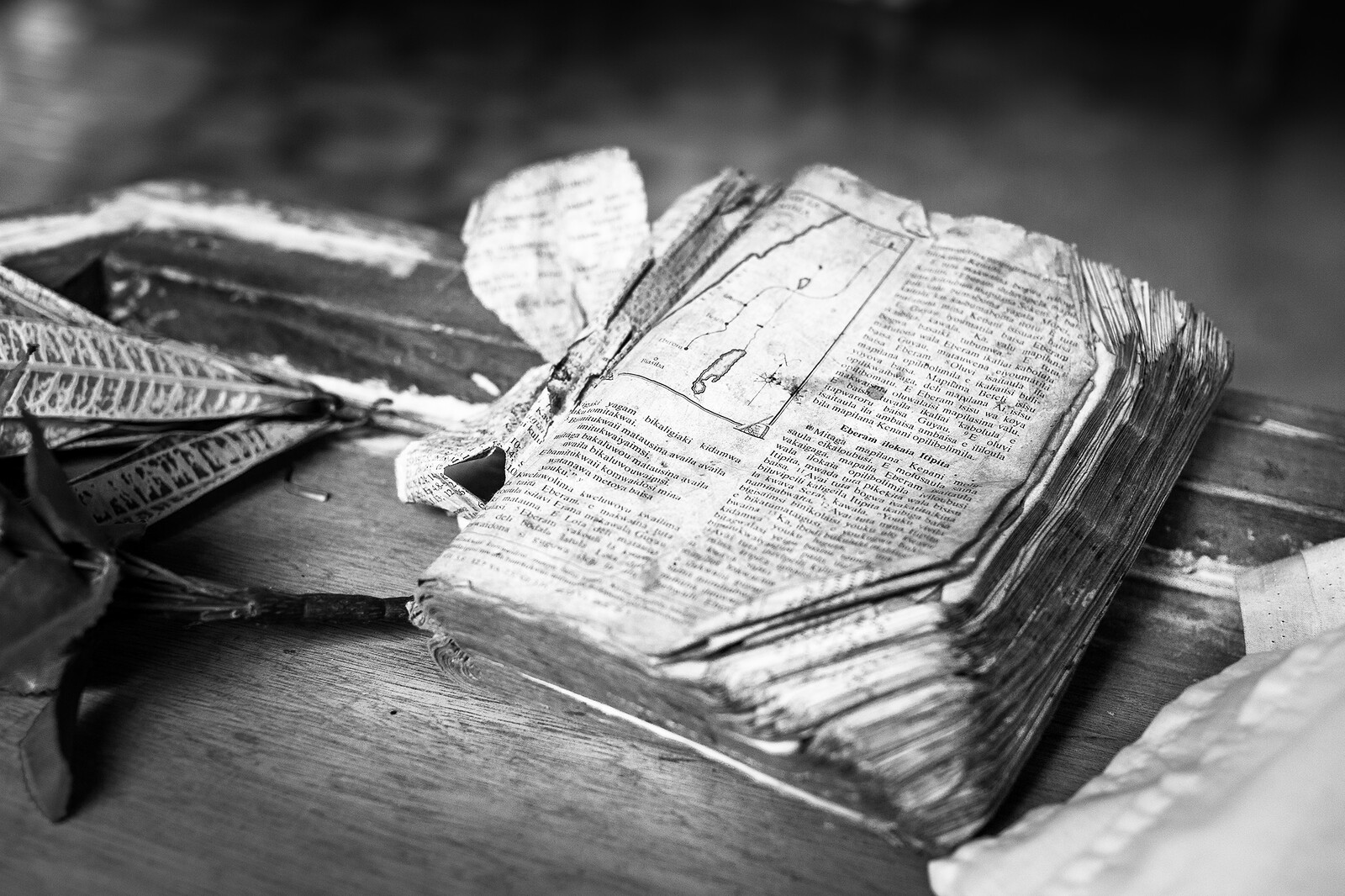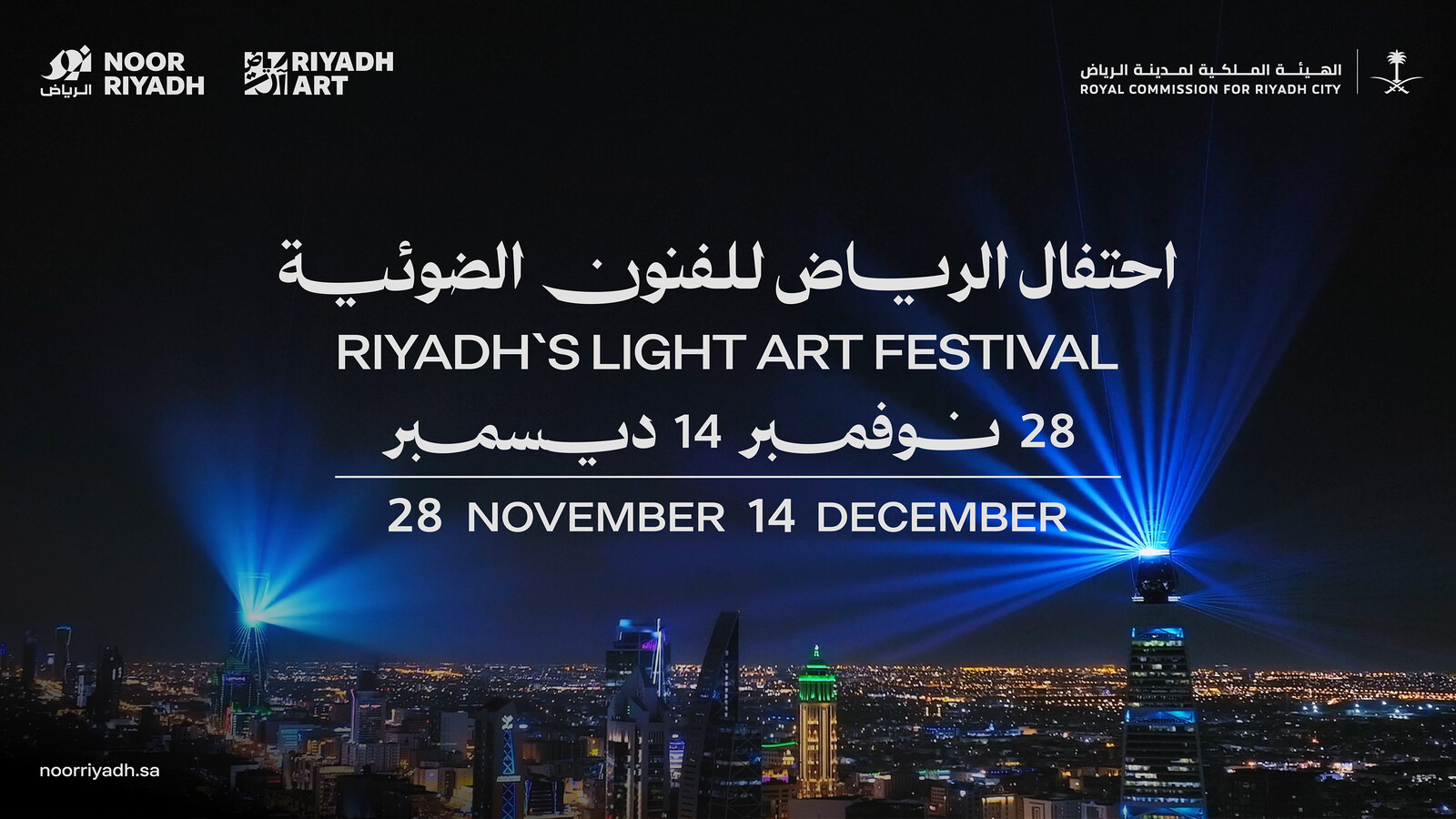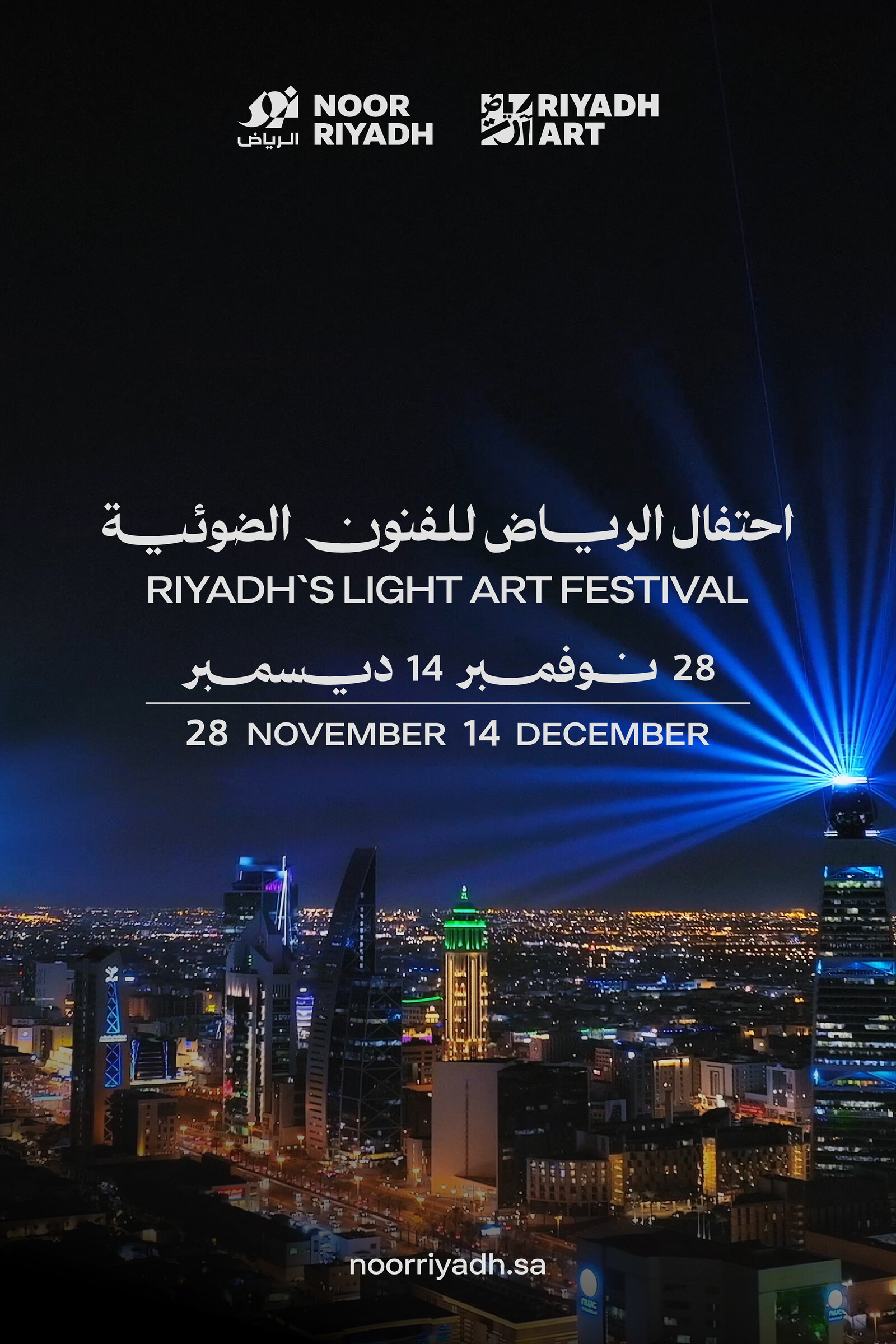In collaboration with TBA21–Academy The Current
December 9, 2017–March 4, 2018
Gillman Barracks
Block 6 Lock Road #01-09
Singapore 108934
Hours: Tuesday–Sunday 12–7pm
T +65 6334 7948
ntuccacomms@ntu.edu.sg
NTU Centre for Contemporary Art Singapore is pleased to present The Oceanic, an exhibition focusing on large-scale human interventions in oceanic ecospheres with contributions by 12 artists, filmmakers, composers, and researchers who engage with both the long cultural histories of Pacific Ocean archipelagos and their current conditions. As part of Thyssen-Bornemisza Art Contemporary–Academy’s (TBA21–Academy) The Current, an ongoing research initiative into pressing environmental, economic, and socio-political concerns, NTU CCA Singapore’s Founding Director Professor Ute Meta Bauer was invited to lead the project’s first cycle of expeditions from 2015–17. The featured contributors in The Oceanic are The Current Fellows who joined the expeditions on TBA21–Academy’s vessel Dardanella to Papua New Guinea (2015), French Polynesia (2016), and Fiji (2017).
The expedition to Papua New Guinea, with Laura Anderson Barbata (Mexico/United States), Tue Greenfort (Denmark/Germany), Newell Harry (Australia), and Jegan Vincent de Paul (Sri Lanka/Canada), took as a starting point the concept of the Kula Ring, a ceremonial exchange system practiced in the Trobriand Islands. The second excursion, to French Polynesia, titled Tuamotus, the Tahitian name for distant islands, included Nabil Ahmed (Bangladesh/United Kingdom), Atif Akin (Turkey/United States), PerMagnus Lindborg (Sweden/Singapore), and Filipa Ramos (Portugal/United Kingdom). The atolls Mururoa and Fangataufa were the sites for 193 nuclear tests between 1966 and 1996, despite being declared a biosphere reserve by UNESCO in 1977. Coinciding with the 50th anniversary of the first test on Mururoa, then a French colony, this expedition discussed the still neglected impacts of these experiments on the populations and the environment. On the third and last expedition of this cycle, the Fijian practice of the Tabu/Tapu, where a community chief demarcates something as “sacred,” or “forbidden,” continued the enquiry on the Polynesian Rahui—a traditional rule system that has recently become significant for marine conservation and resource management. This journey to the Fijian Lau Islands was joined by Guigone Camus (France), Lisa Rave (United Kingdom/Germany), and Kristy H. A. Kang (United States/Singapore). Participating in all three expeditions was Armin Linke (Italy/Germany), who not only documented these journeys, but also questioned the role of image production in such unique yet loaded encounters.
Stemming from this cycle of expeditions, the exhibition addresses various ecological urgencies affecting the ocean and its littorals as a habitat for all life forms, as well as particular aspects of sea governance. Who are the regulators of global oceans? Why should communities who only contribute one percent of the global carbon footprint be among the first ones fatally affected by the rise of sea levels? Are the economic benefits of land- and seabed mining shared with the impacted communities? Who owns the ocean?
The interest in exposing the technology behind built infrastructure is present in Armin Linke’s video installation OCEANS - Dialogues between ocean floor and water column (2017) while Tue Greenfort explores complex ecosystems and scientific production practices, challenging human understanding of and relationship with nature and culture.
Inspired by the materials used for the Kula Ring, Newell Harry documents this practice in his black-and-white photo series (Untitled) Nimoa and Me: Kiriwina Notes (2015–16), and creates (Untitled) Anagrams and Objects for RU & RU (2015) applying text on tapa, a cloth made from softened bark. Likewise incorporating items by artisans from Milne Bay Province, Laura Anderson Barbata produced striking costumes for the performative piece Ocean Calling (2017), created as part of TBA21–Academy’s intervention on World Ocean Day 2017 in front of the United Nations Headquarters.
Nabil Ahmed collaborates with other researchers to call for an Inter-Pacific Ring Tribunal (INTERPRT) (2016–ongoing), a long-term investigation into environmental justice in the Pacific region. Lisa Rave’s film Europium (2014) examines this rare eponymous mineral that has become one of the allures of deep-sea mining—the new gold rush spreading across the globe—and draws the often-invisible connections between colonialism, ecology, and currencies.
The exhibition will also include a sound piece by PerMagnus Lindborg who recorded the land and underwater soundscapes of French Polynesia, as well as a film programme selected by Filipa Ramos and Lisa Rave. Jegan Vincent de Paul will expand his research on socio-economic networks into the Pacific region. In The Lab, the Centre’s research project space, anthropologist Guigone Camus will display documentation from the Fiji expedition, as well as diverse materials from her extensive research in Kiribati, while Kristy H. A. Kang will reflect on her experience in Fiji through an iterative installation and research process that will explore vernacular forms of mapping cultural memory and spatial narrative.
The Oceanic is curated by Ute Meta Bauer, Founding Director, NTU CCA Singapore, and Professor, School of Art, Design and Media, Nanyang Technological University, and marks the start of the Centre’s new overarching topic CLIMATES. HABITATS. ENVIRONMENTS., which will inform and connect the Centre’s various activities in 2017–19.
From January 25–27, 2018, coinciding with Singapore Art Week 2018, The Current Convening #3, conceived by Professor Bauer, Markus Reymann, Director of TBA21–Academy, and Stefanie Hessler, Curator of TBA21–Academy, will take place at the Centre, featuring conversations, roundtables, workshops, performances, and screenings. The event will focus on modalities of exchange, shared responsibilities, and the rights of nature and cultures.
About NTU Centre for Contemporary Art Singapore
Located in Gillman Barracks, the NTU CCA Singapore is a national research centre of Nanyang Technological University and is supported by a grant from the Economic Development Board. The Centre is unique in its threefold constellation of research and academic programmes, international exhibitions, and residencies, positioning itself as a space for critical discourse and diverse forms of knowledge production, focusing on Spaces of the Curatorial in Singapore, Southeast Asia, and beyond.



